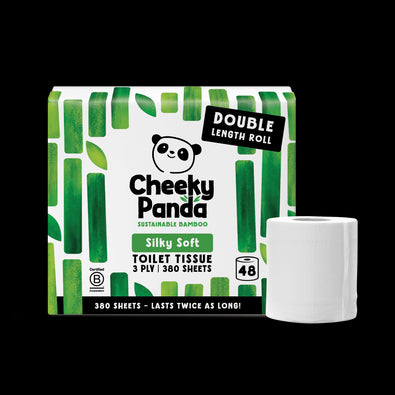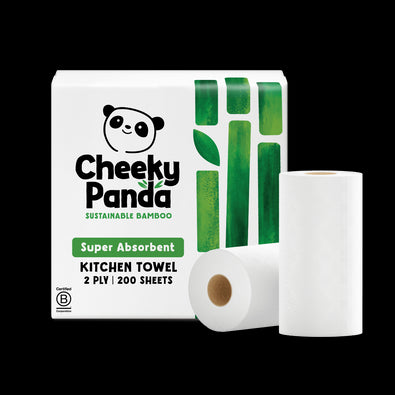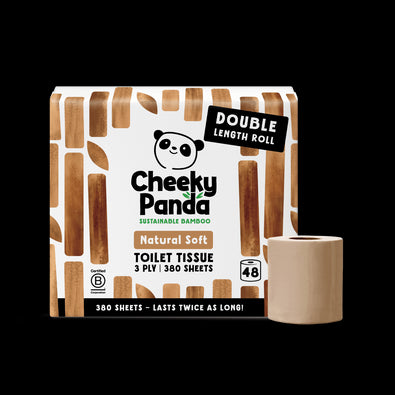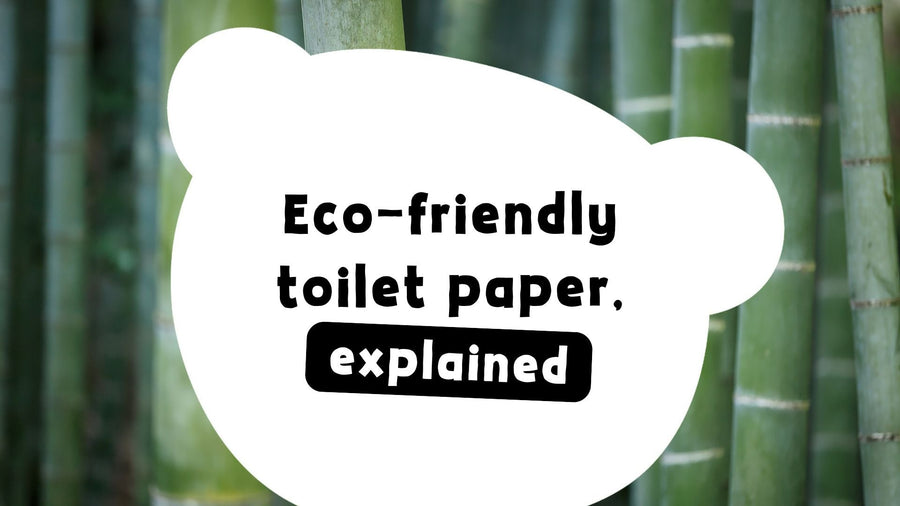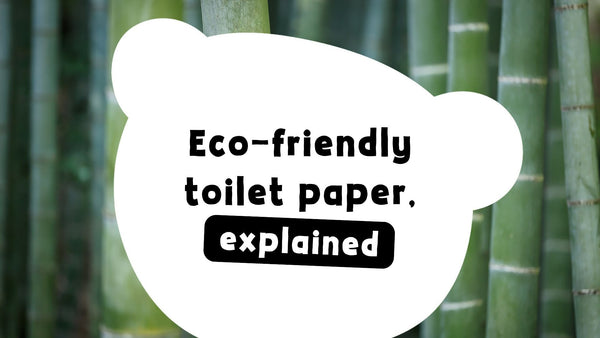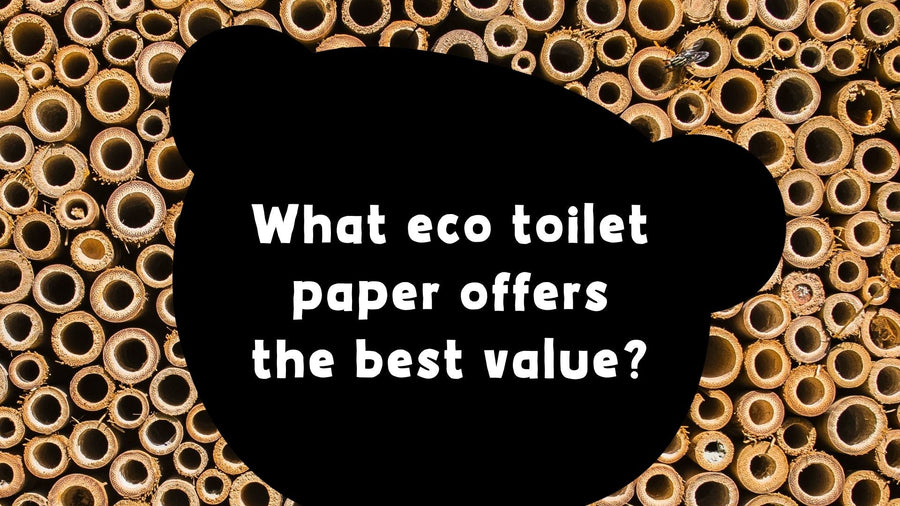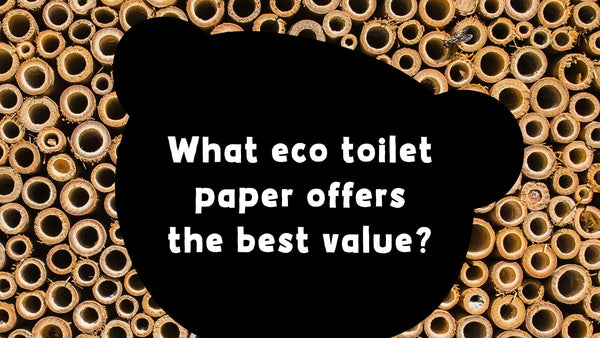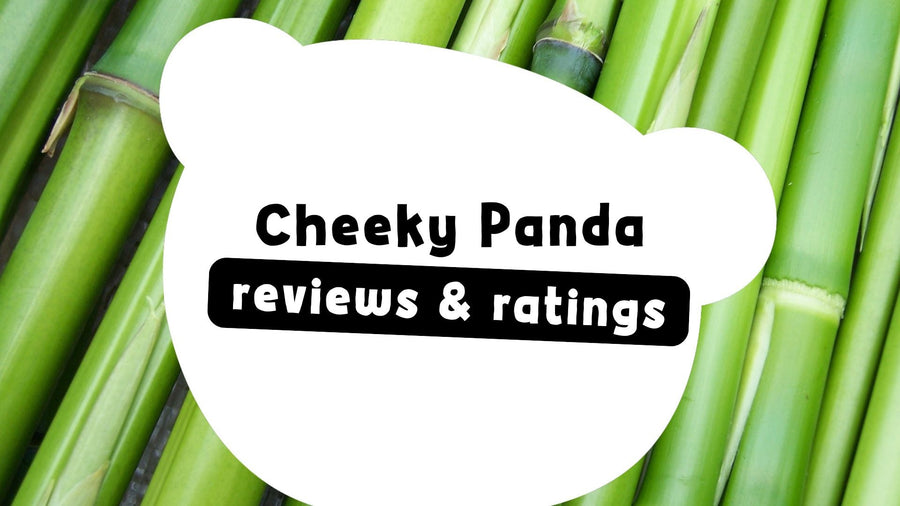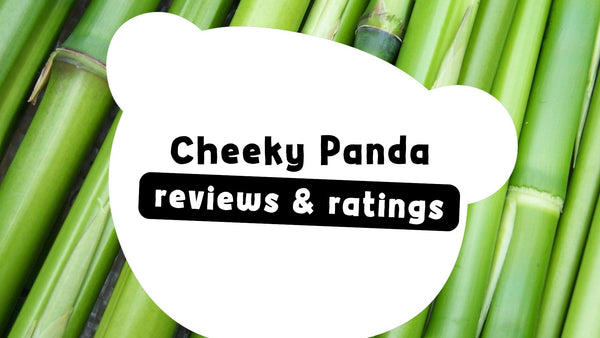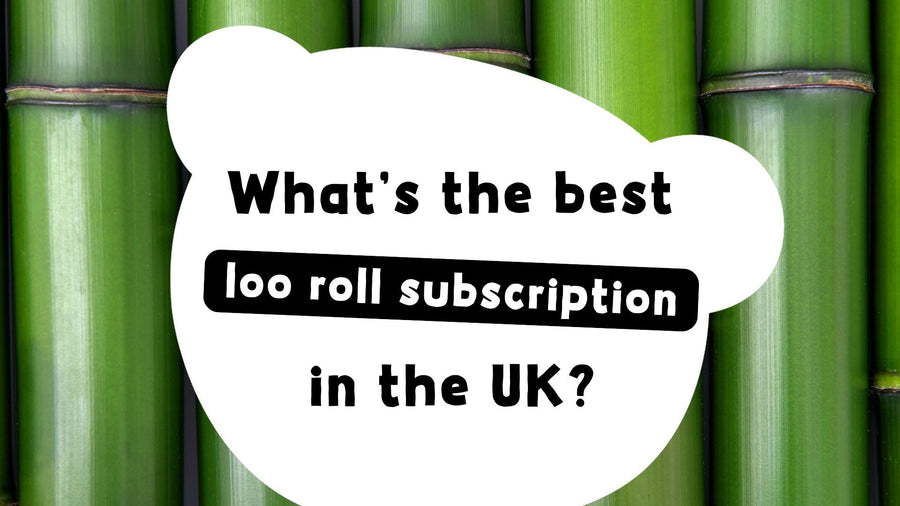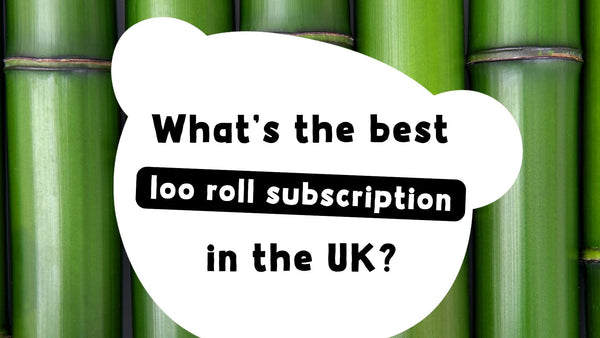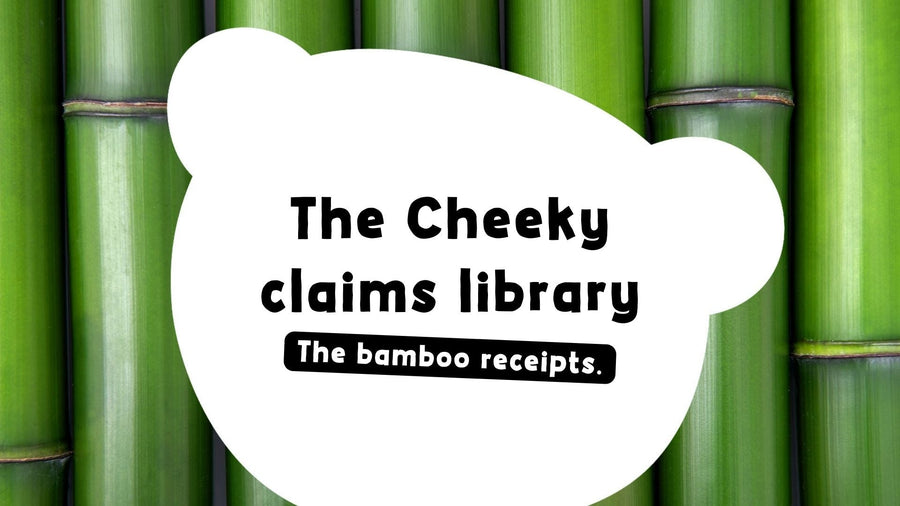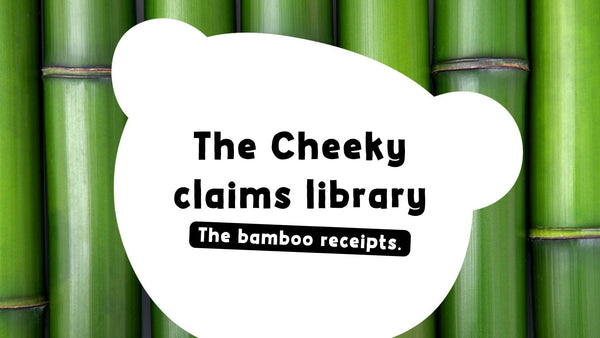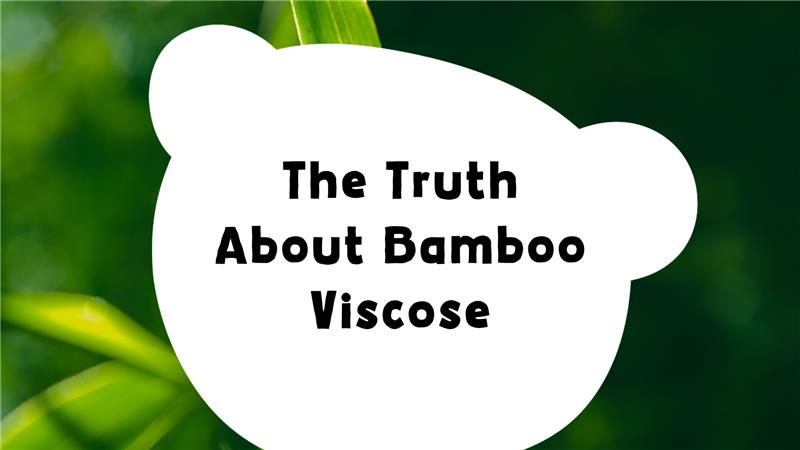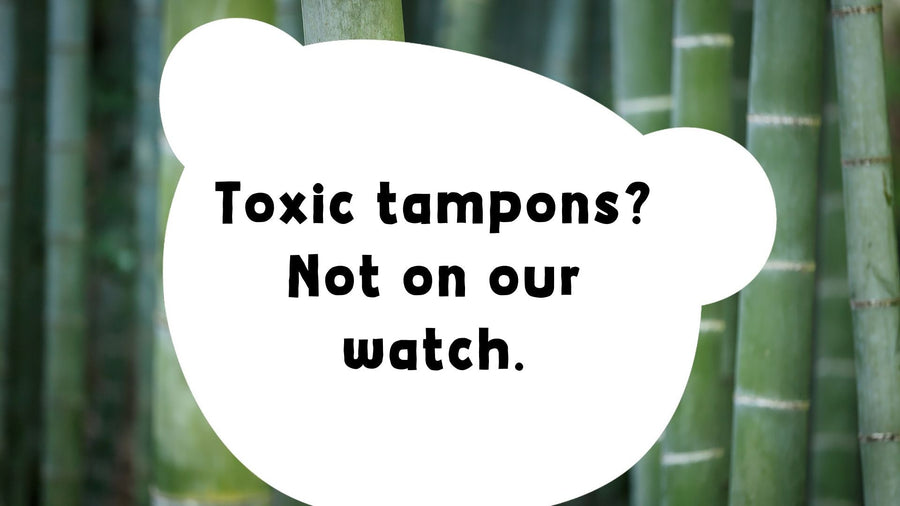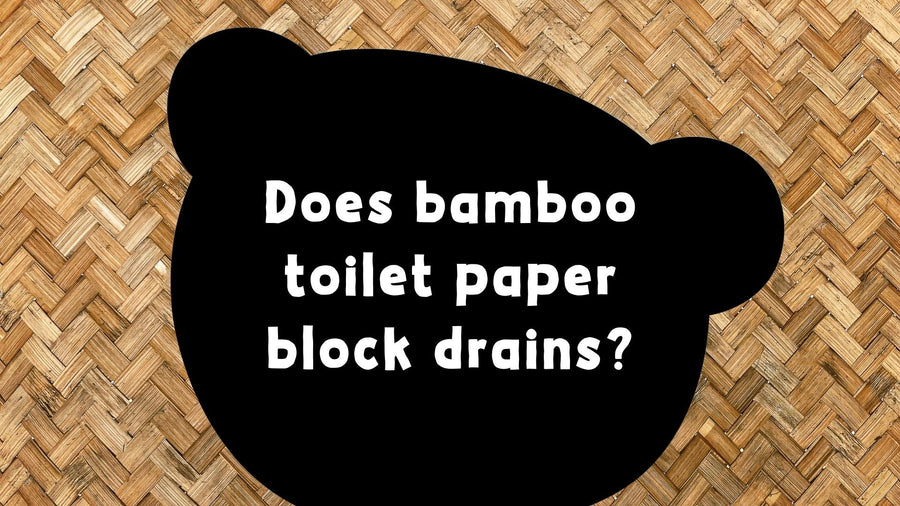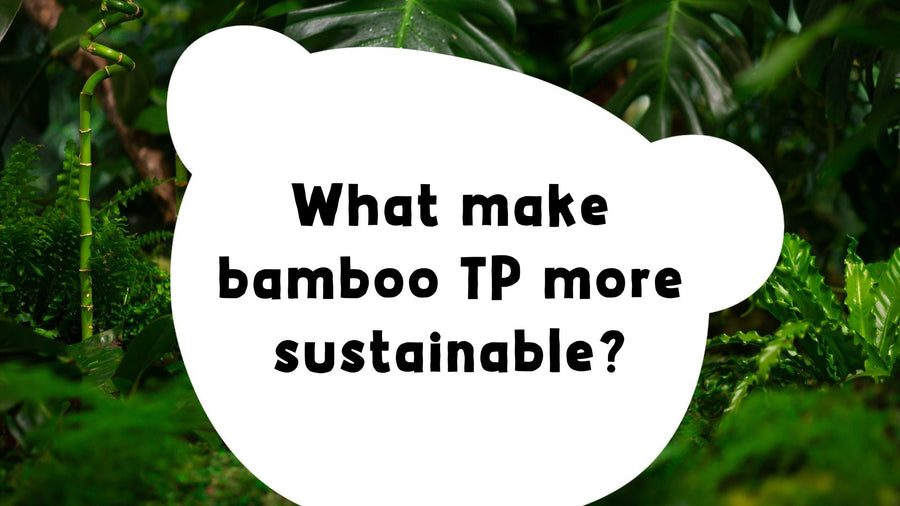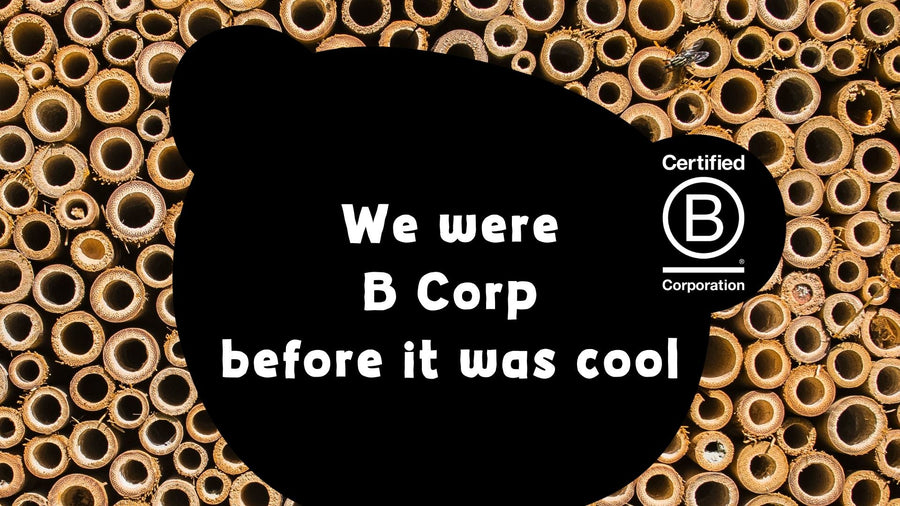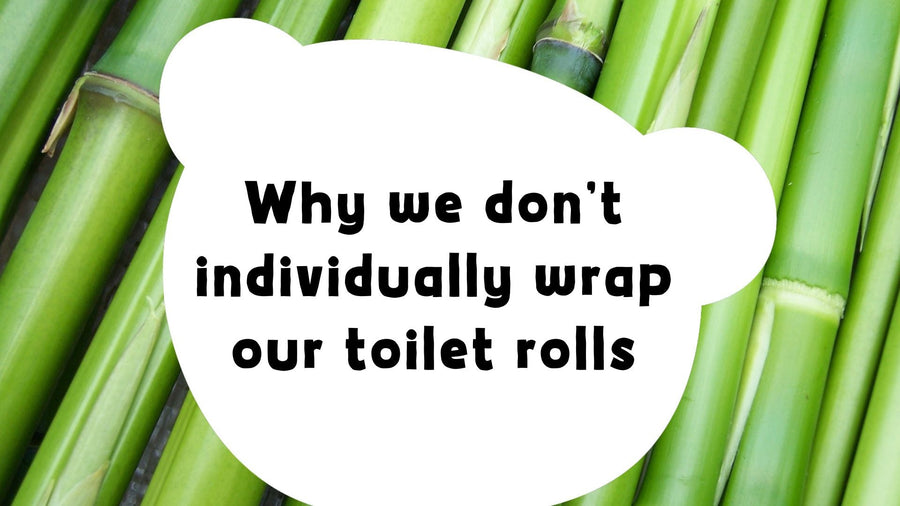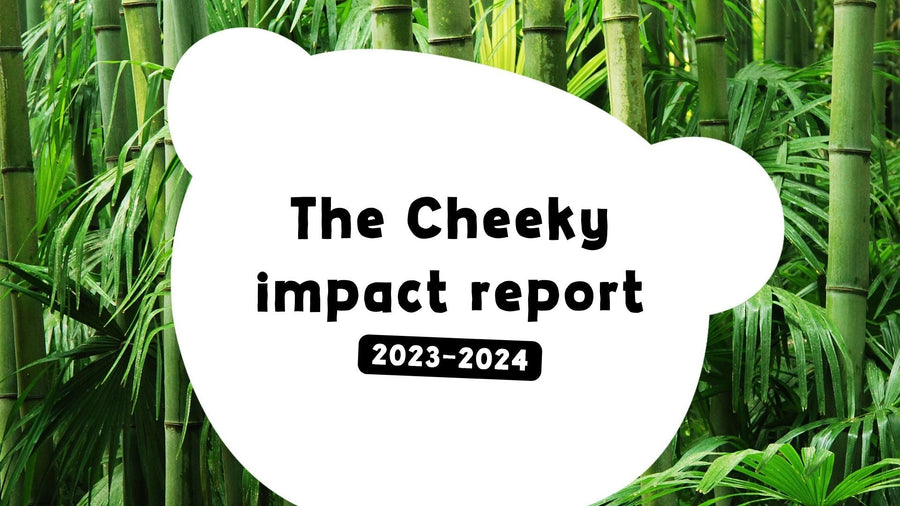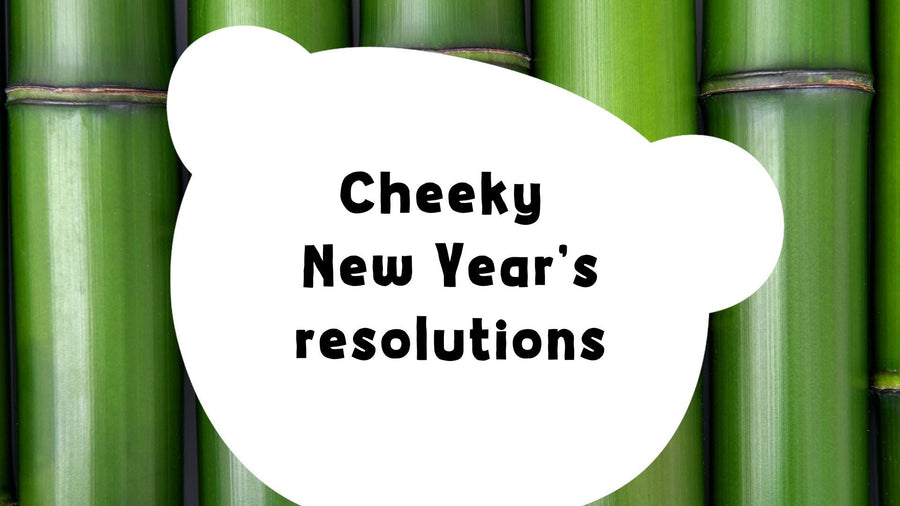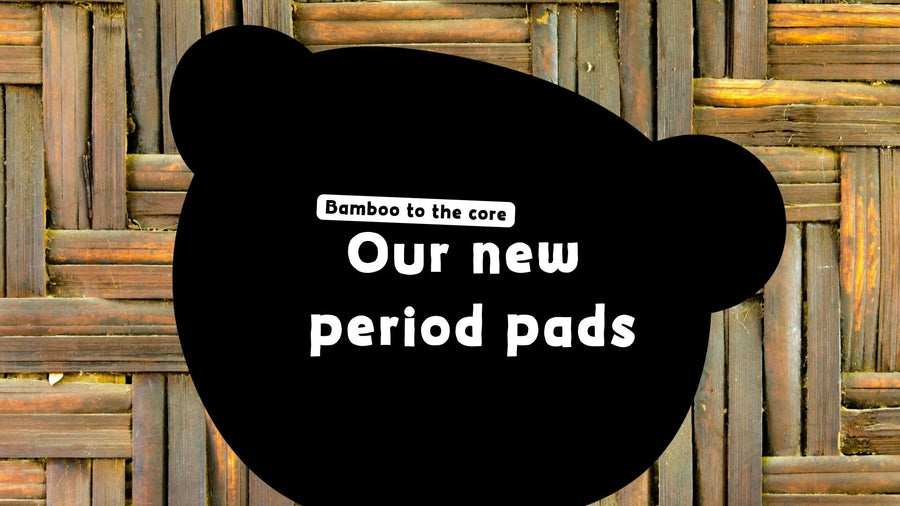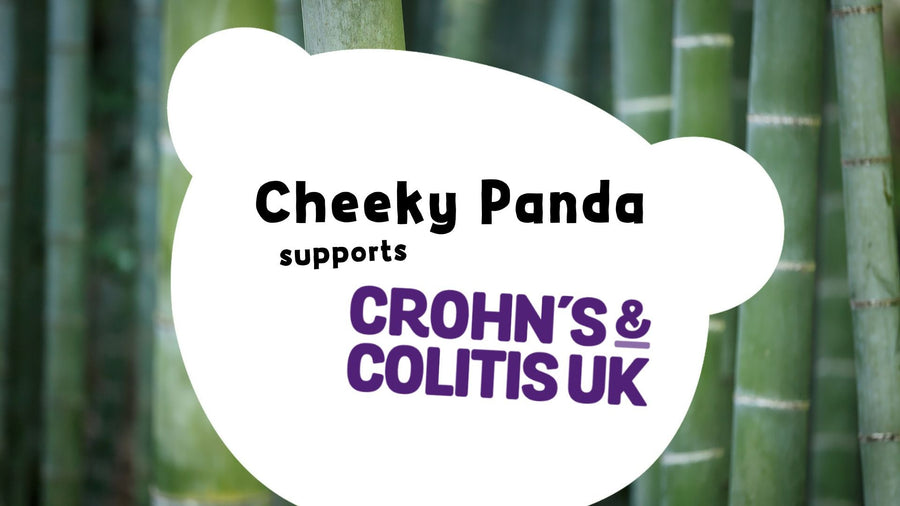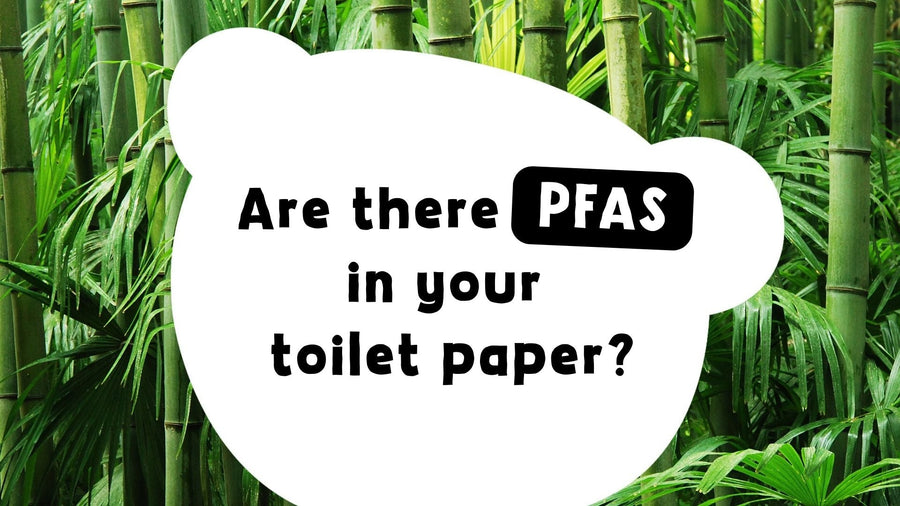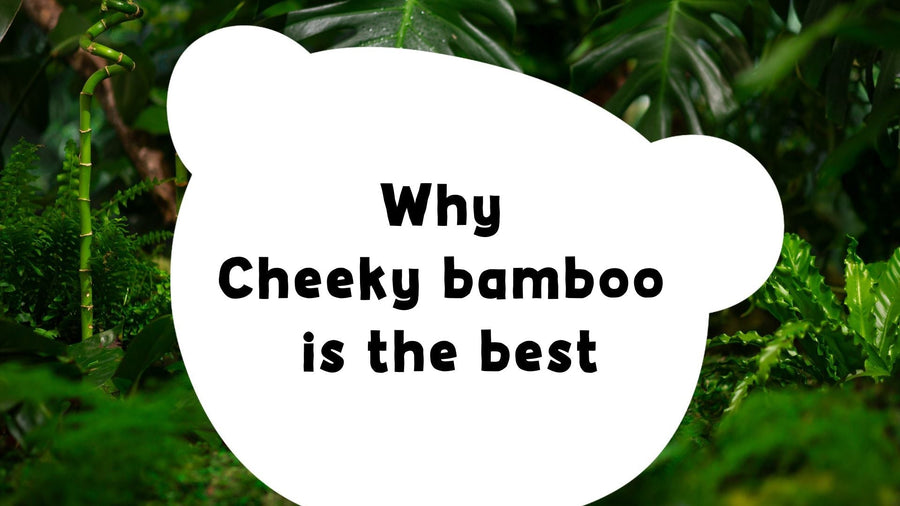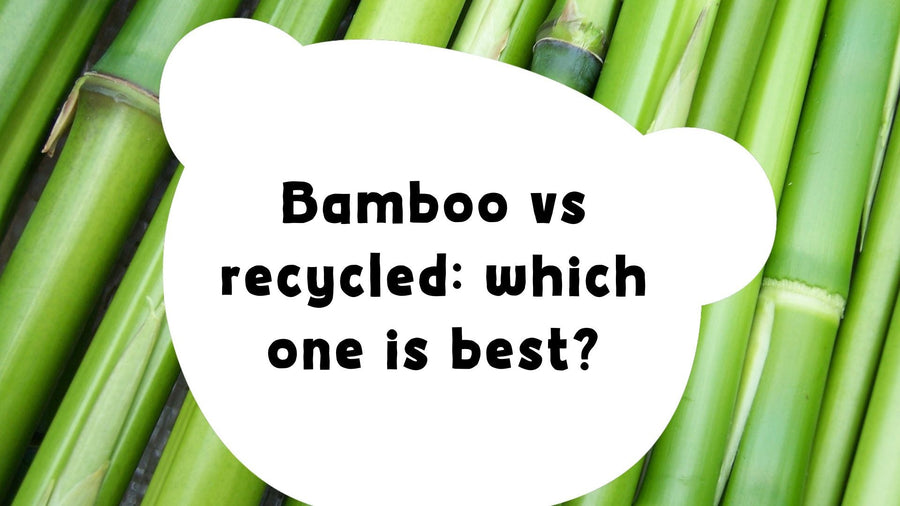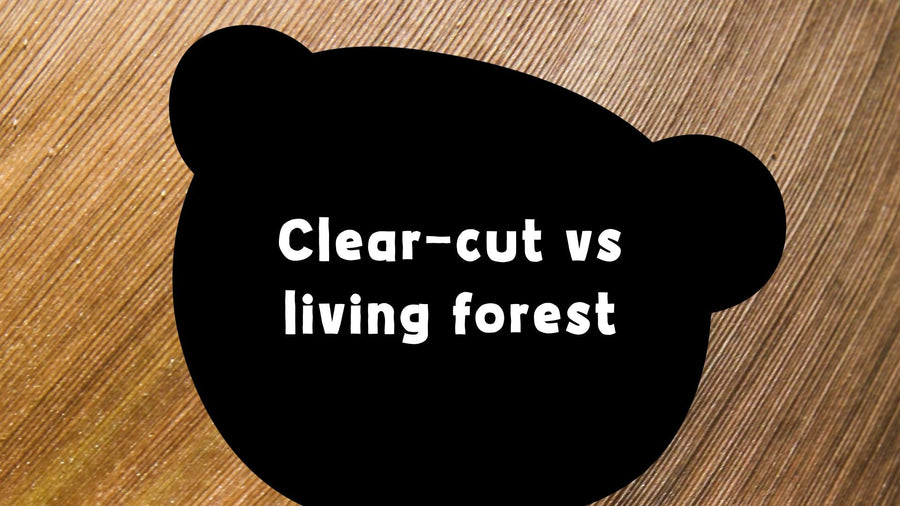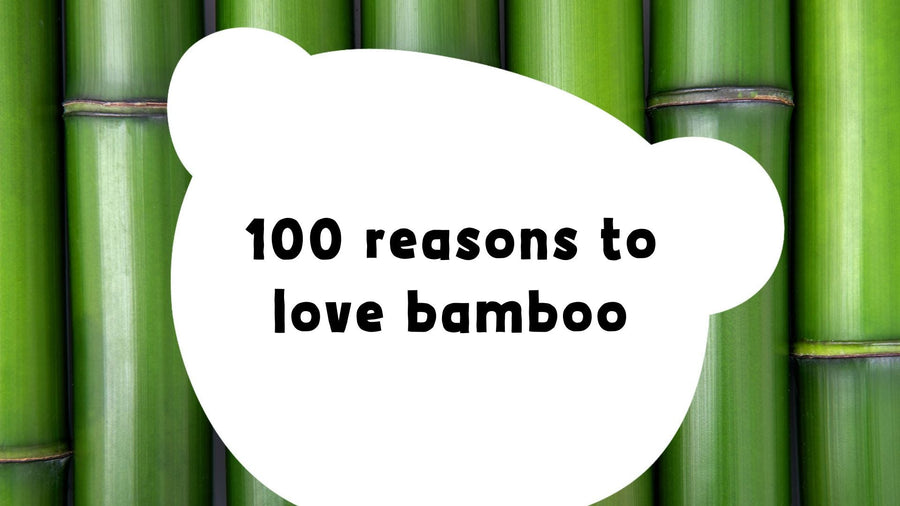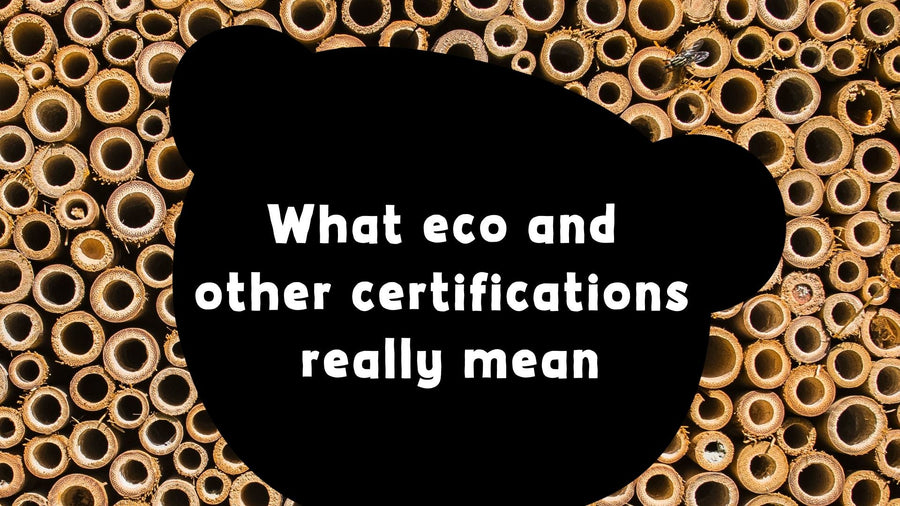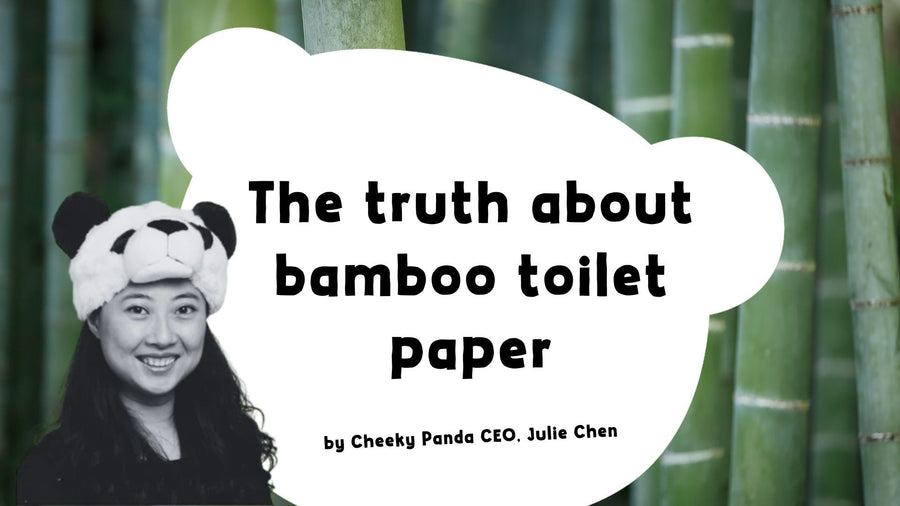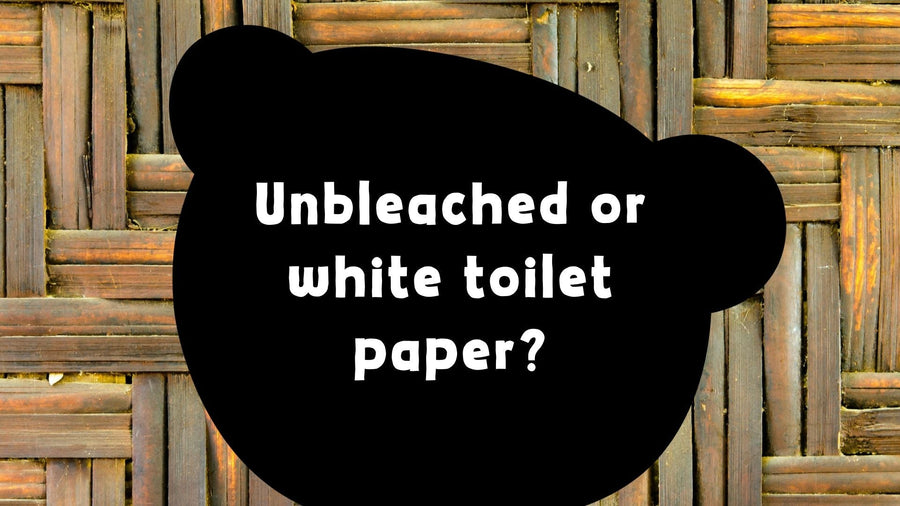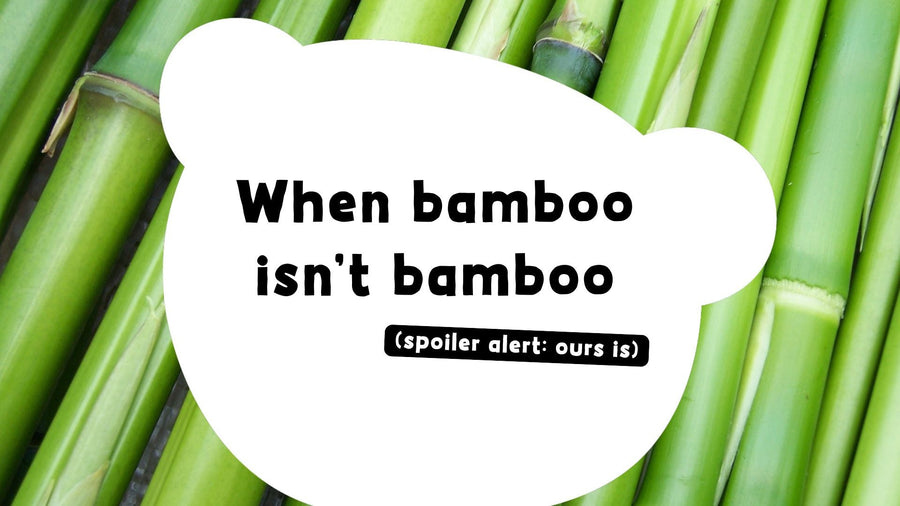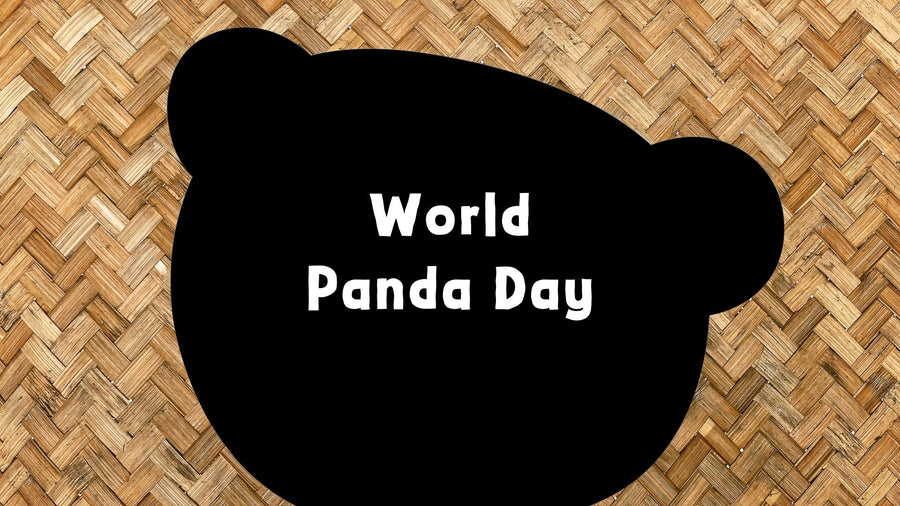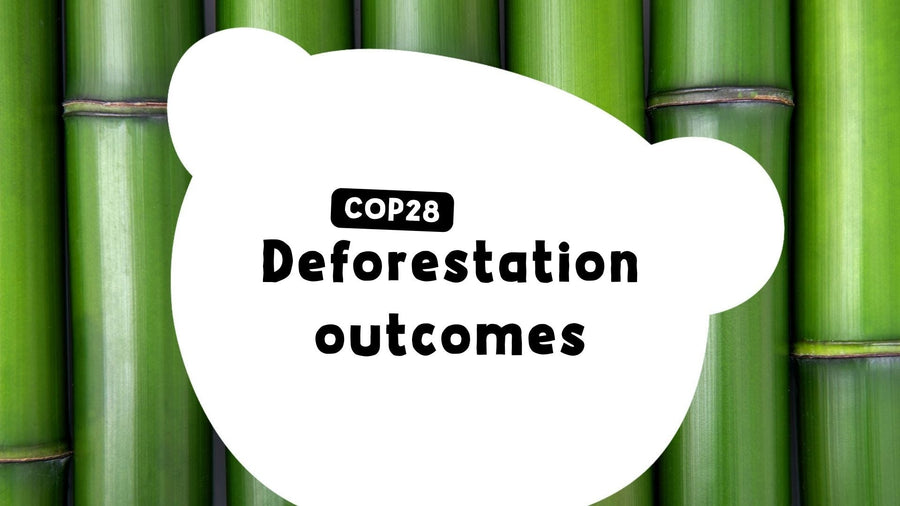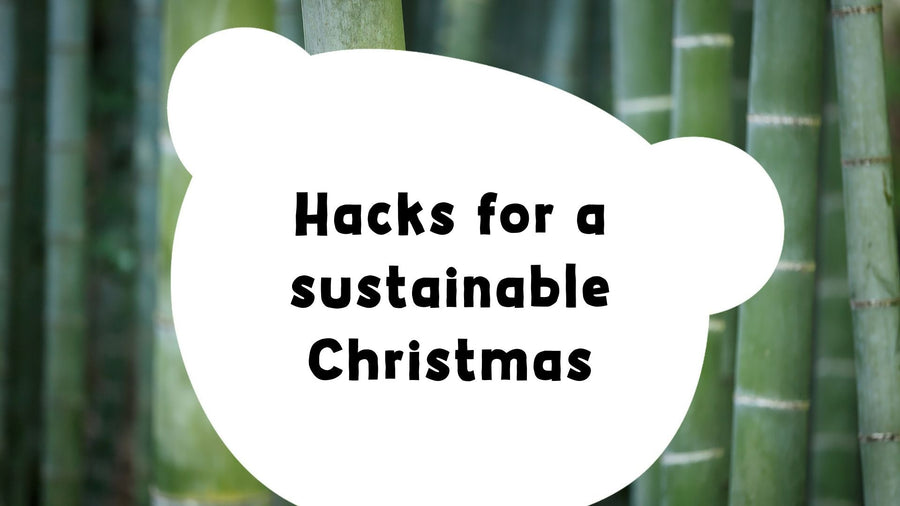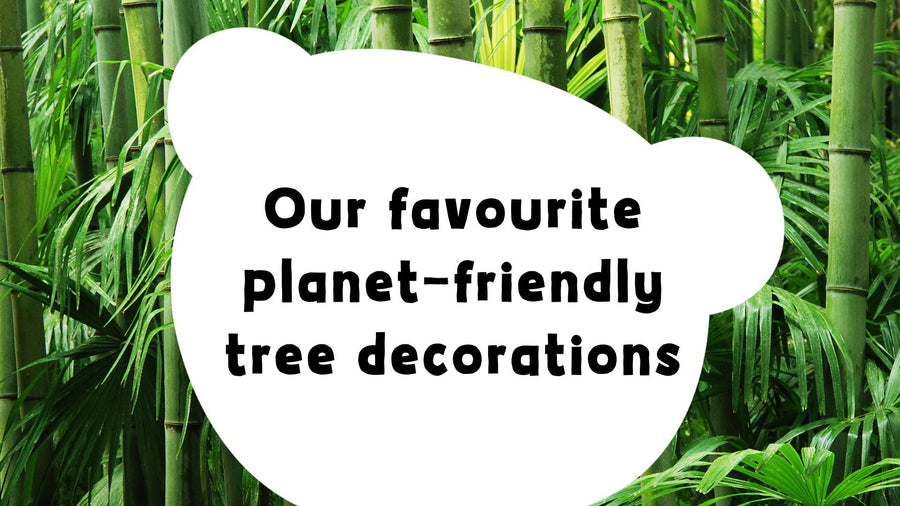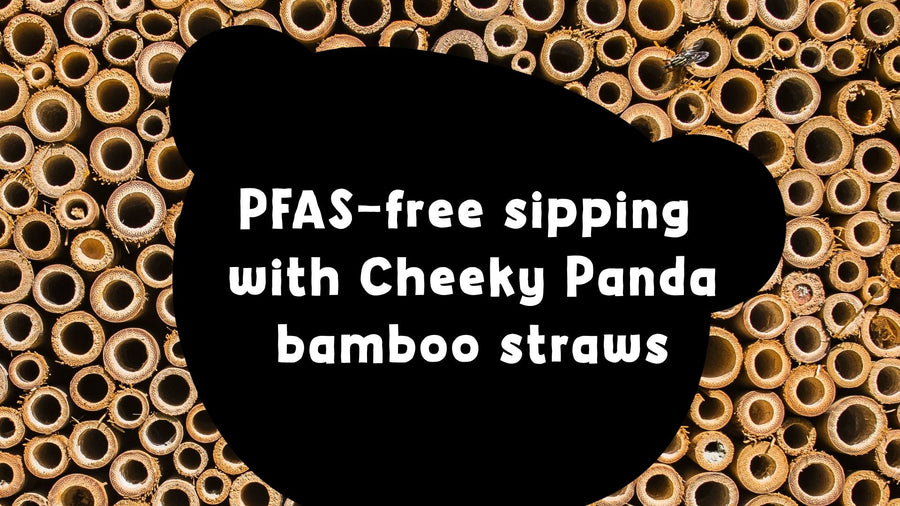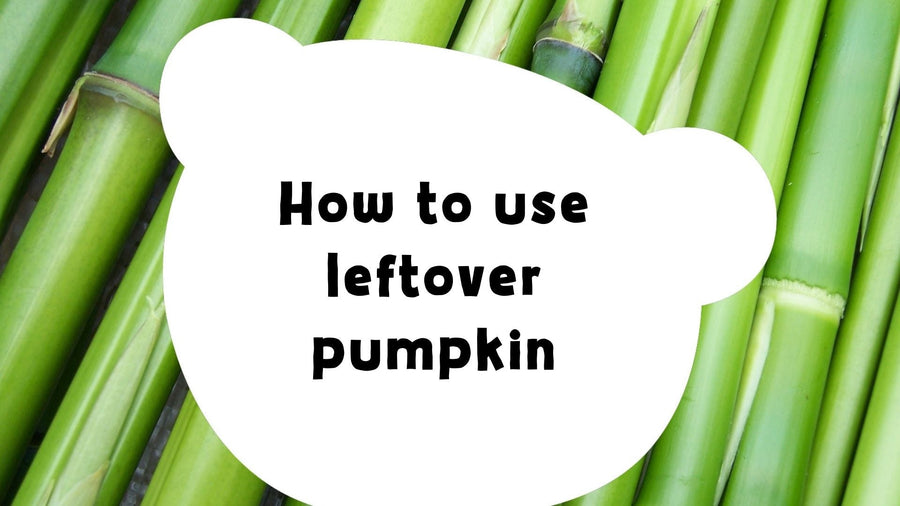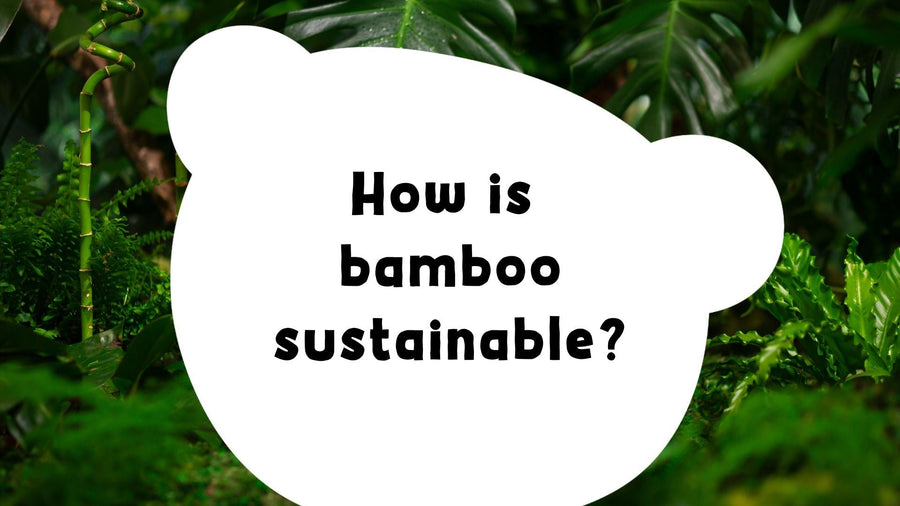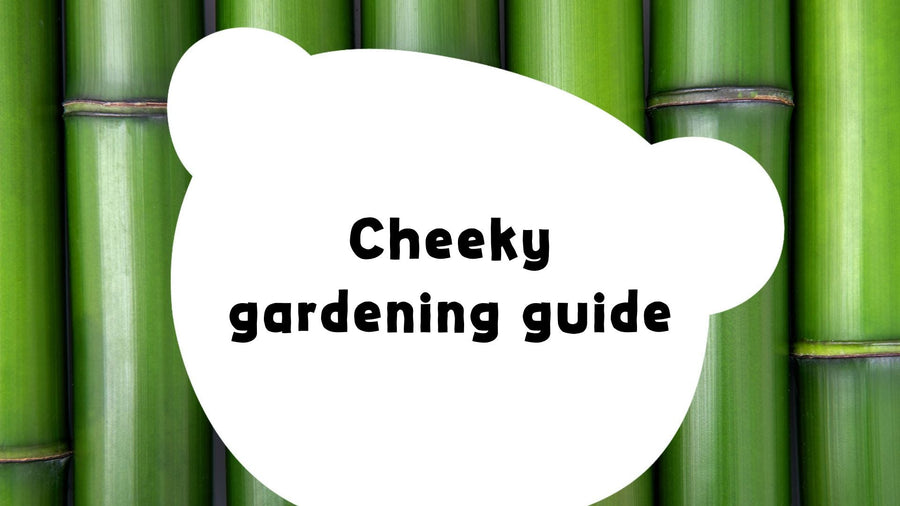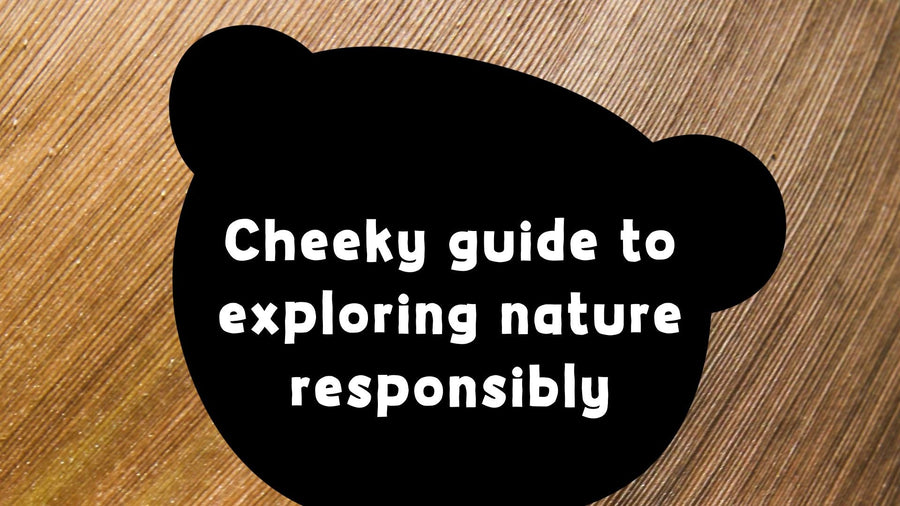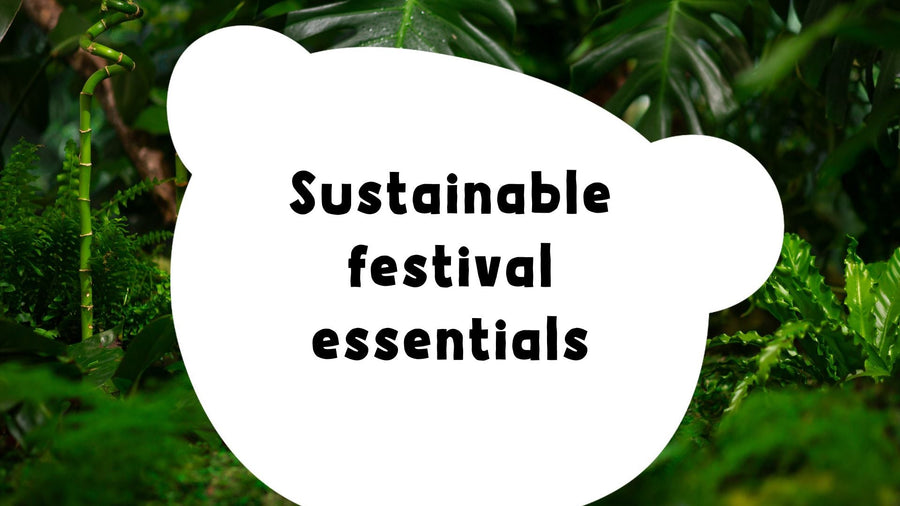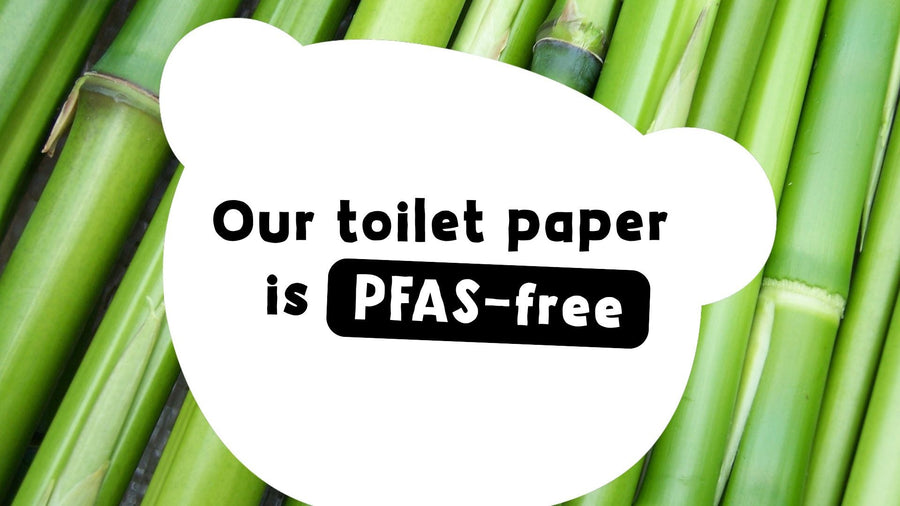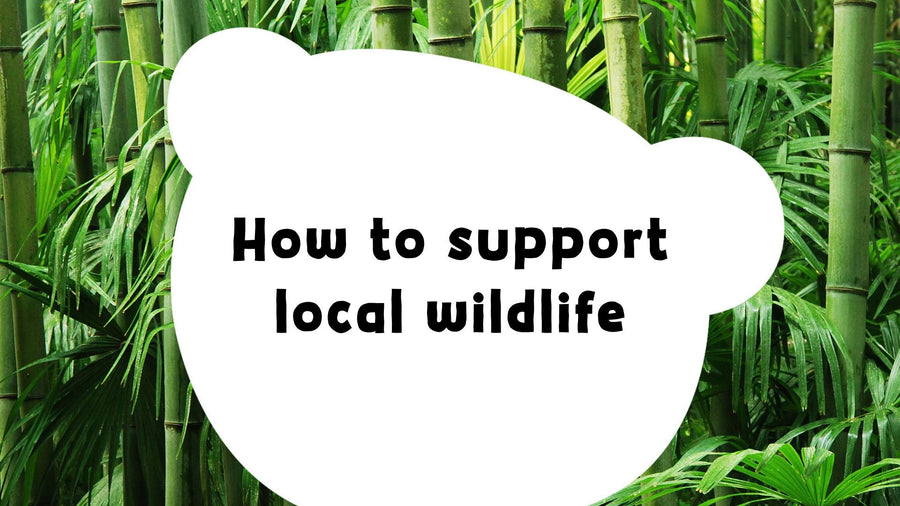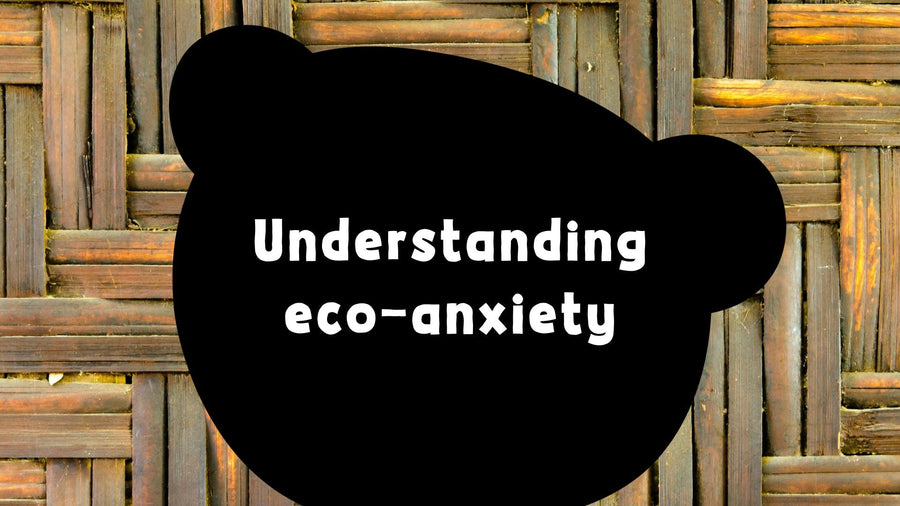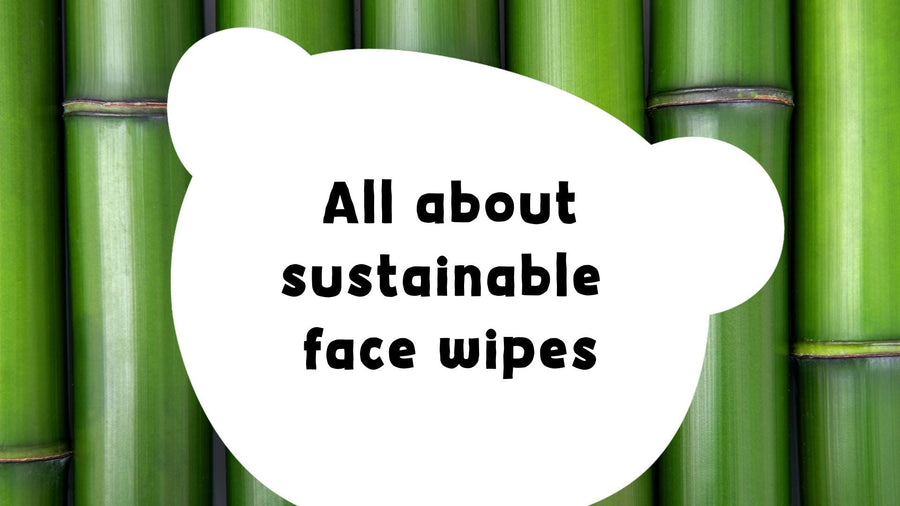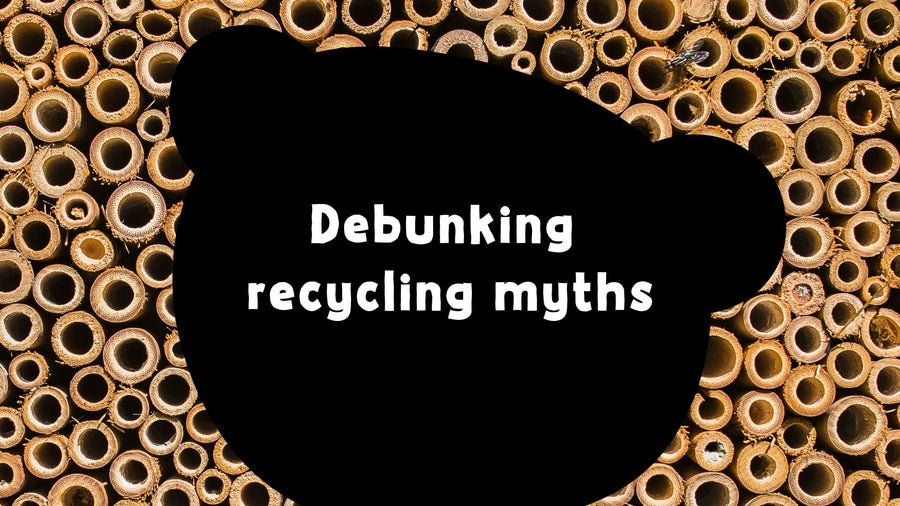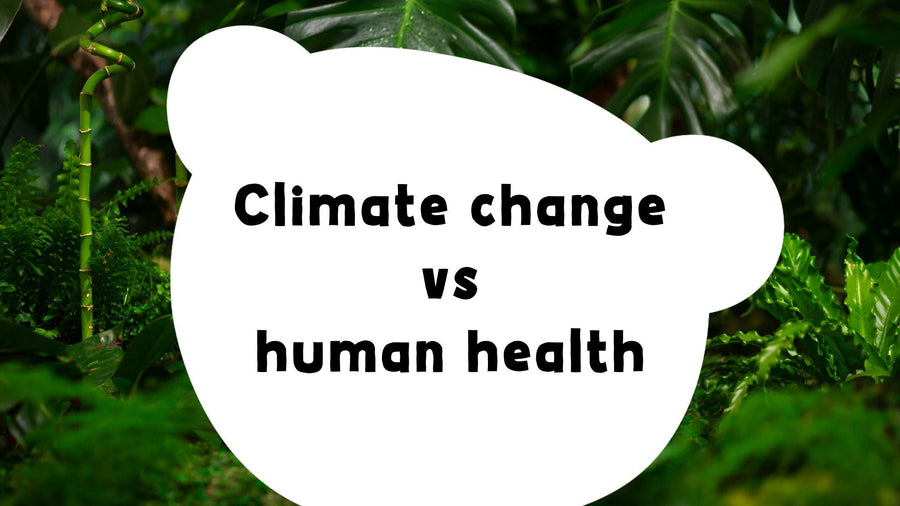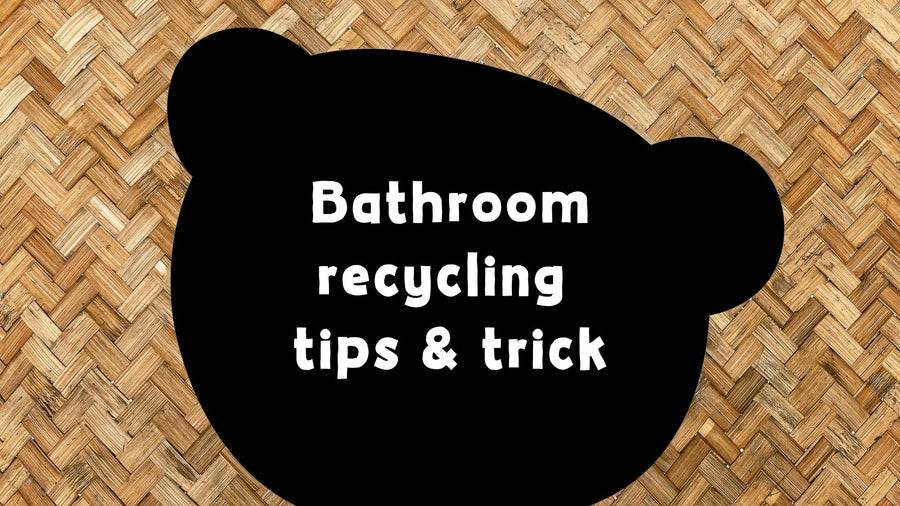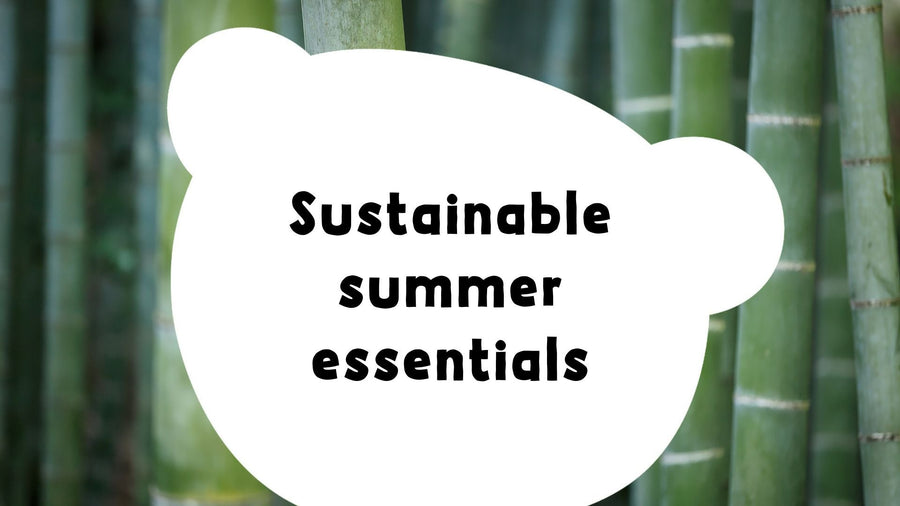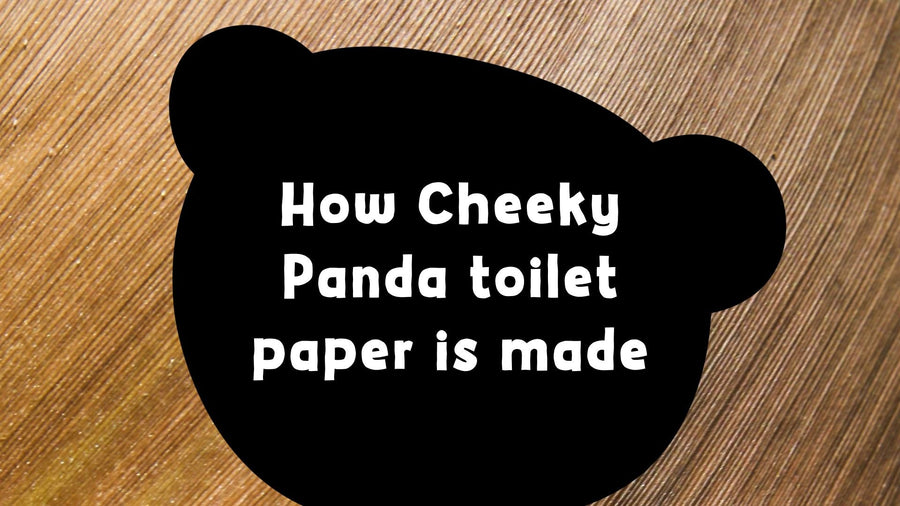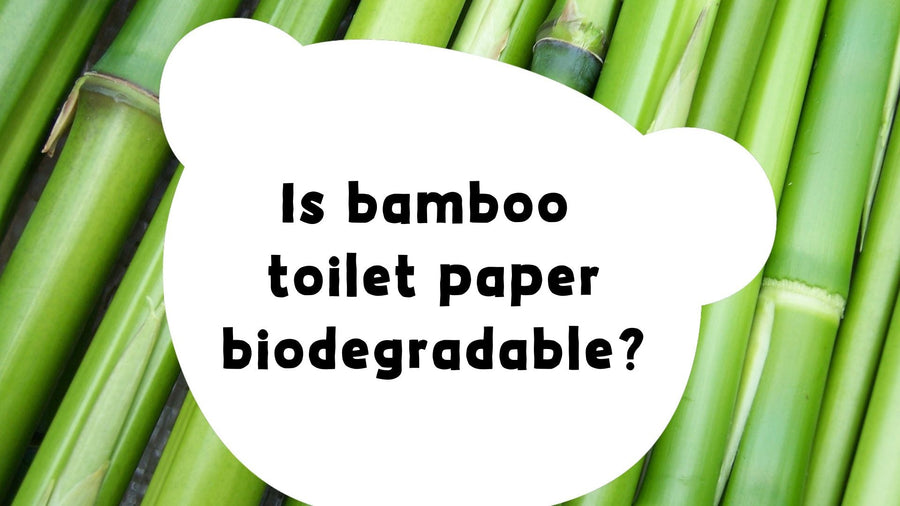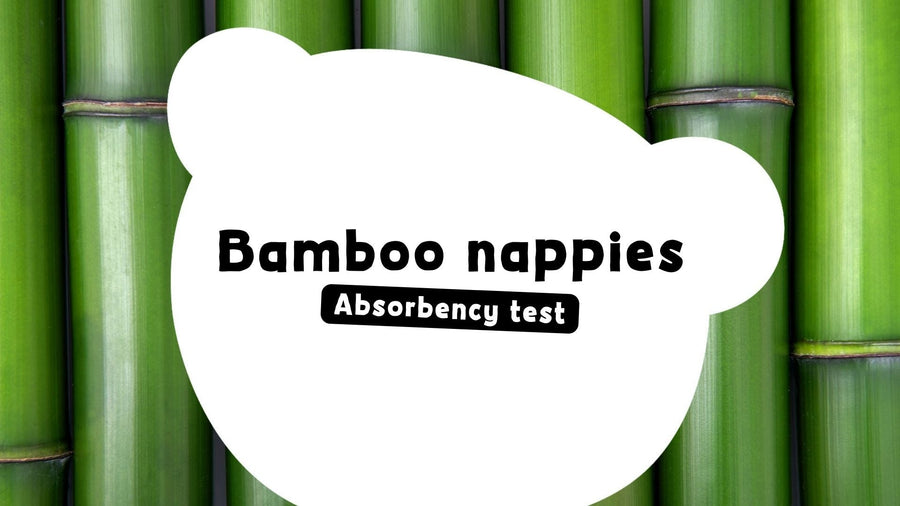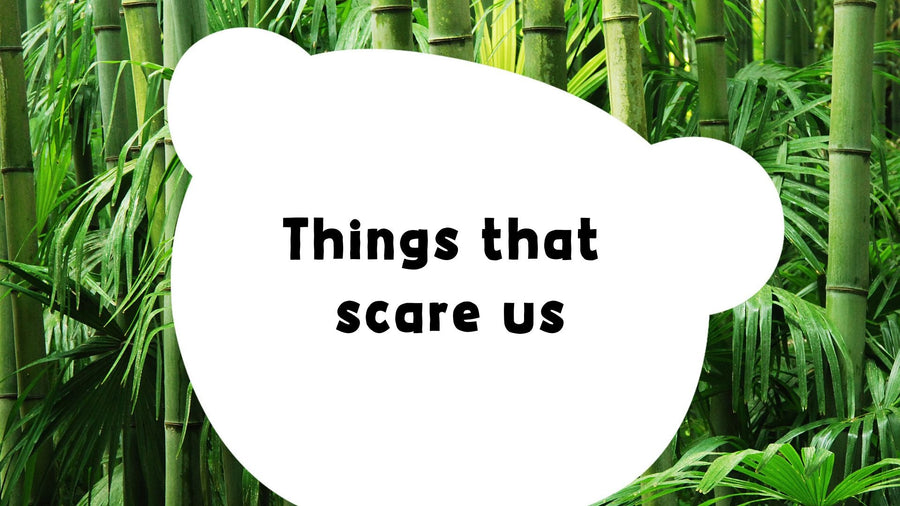PFAS in Toilet Paper: What’s Hiding in Your Bathroom Essentials?
Ever wondered what’s actually lurking in the products you use every day? Sure, your toilet paper and tissues look harmless enough — but some might be sneakily harbouring something a little sinister: PFAS chemicals (aka forever chemicals).
They’ve already made headlines for showing up where they don’t belong — in non-stick pans, food packaging, and even drinking water. And now, brace yourself… new studies reveal they're popping up in a truly unexpected place: toilet paper. Yep. If you’re an eco-friendly family or a health-conscious household, this is one secret you’ll definitely want to flush out.
Let’s dive into the what, the why, and (more importantly) how to dodge them.
What Are PFAS and Why Are They Called 'Forever Chemicals'?
Meet PFAS, aka Per- and polyfluoroalkyl substances (but don’t worry, no one expects you to remember that!). There are more than 4,700 of them.
PFAS are a group of man-made chemicals used since the 1940s to make products water, oil, heat, and stain resistant. Handy for waterproof jackets. Not so handy when they’re hiding in household essentials like non-stick pans, toilet paper and personal care products.
They’re nicknamed forever chemicals because, much like that awkward ex, they hang around forever. These chemicals don’t break down easily in the environment or the human body. Some of them can stick around for over 1,000 years before breaking down.
Why should you care? Because PFAS exposure isn’t just about what you eat or drink — it’s also about what touches your skin, like toilet paper, tissues, and feminine hygiene products.
So, Are There PFAS in Toilet Paper?
Sadly, yes — and more often than you’d think.
A 2023 study in Environmental Science & Technology Letters tested toilet paper samples from across the globe and found detectable levels of PFAS in loads of big-name brands. Charming, right?
A recent study from the University of Florida discovered how these PFAS nasties sneak into toilet paper. The real kicker? If your TP is made from recycled paper, it gets exposed to PFAS twice—once when it’s first made into paper, and again when it’s recycled into toilet paper. This is where the wonderfully-named 6:2 diPAP (another catchy title!) comes into play, being one of the most common PFAS found in toilet paper.
When we flush that TP down the drain, the PFAS hitch a ride straight into the sewage system, and from there, they make their way into our waterways. One study in France found that toilet paper could be responsible for up to 89% of certain types of PFAS in wastewater. Who knew bathroom habits could have such a big environmental impact?
Other Household Products That May Contain PFAS (and Safer Alternatives)
And it’s not just your loo roll getting shady. PFAS have been detected in all sorts of everyday essentials, including:
-
Facial tissues
-
Paper towels
-
Disposable plates and food wrappers, pizza boxes, sweet wrappers, straws…
-
Sanitary products
-
Cleaning sprays and polishes
-
Non-stick cookware
-
Hiking boots & rain jackets
-
Paints
-
Furniture and carpets
Because PFAS aren’t usually listed on packaging (sneaky devils), it’s annoyingly tricky to tell which products contain them and which are PFAS-free products.
Why Is This a Concern? Are PFAS Dangerous?
In short: yes. Thanks to PFAS being used everywhere, they’ve made their way into waste streams and waterways. Now, they’re showing up in even more places like soils (even on agricultural land), groundwater, surface water and even our drinking water. Recently, PFAS have even been found in fish and dairy products which is unsettling to say the least.
But this is only the beginning: Since PFAS chemicals don’t break down, they build up over time in our environment and our bodies. And that is not only bad news for the environment; it also has significant health risks for us humans.
Research has linked PFAS to numerous health risks and, according to the US Environmental Protection Agency they can cause problems such as:
-
Decreased fertility
-
A higher risk of certain cancers
-
High cholesterol
-
A weakened immune system
-
Developmental issues for kids
-
Liver damage
Not exactly what you want floating around your bathroom. And since PFAS are essentially indestructible, the risks stack up:
-
Direct skin contact: Thin, sensitive skin areas (yes, there) are more absorbent.
-
Water systems: Flushed toilet paper carries PFAS into wastewater and the environment.
-
Cumulative exposure: Small amounts from multiple products add up to a not-so-small problem.
How to Avoid PFAS in Your Home: 5 Practical Tips
The good news? You can kick these forever chemicals to the curb with some smart swaps:
-
Choose PFAS-free products: Bamboo toilet paper (like ours) is naturally soft, strong and doesn’t need chemical nasties.
-
Check for third-party certifications: Look out for the “tested PFAS-free” stamp of approval.
-
Skip fast food wrappers: Many are treated with PFAS to repel grease.
-
Ditch non-stick cookware: Stainless steel, cast iron or ceramic pans won’t let you down.
-
Use a water filter: Certain filters can reduce PFAS in your drinking water.
Why Cheeky Panda Is Proudly PFAS-Free
At Cheeky Panda, we don’t do dodgy chemicals. PFAS in toilet paper? Not on our watch.
We make everyday essentials the smarter way — using sustainable bamboo, tested to be PFAS-free. That goes for our toilet paper, tissues, wipes and beyond. No nasties. No greenwashing. No nonsense.
Our mission? Simple swaps that protect your health and the planet. Bonus points: our products are FSC certified, Vegan Society approved, and packaged up in recyclable materials. Because being eco-friendly should be obvious, not awkward.
Special shout-out to our straw range, too, for being totally PFAS-free. Fun fact: a study in Belgium found PFAS in 18 out of 20 paper straws because it helps them not fall apart in your drink (that doesn’t sound like a fun party)! But not to worry—Cheeky Panda bamboo straws are showing the world you don’t need those naaaasty chemicals to make a strong straw! Cheers to that!
Tiny Swaps, Big Impact
PFAS chemicals might be lurking in all the wrong places, but they don’t need to be in your home. Get savvy, get swapping, and choose PFAS-free products that keep your family safe while giving the planet a fighting chance.
Ready to wipe smarter? Check out our PFAS-free bamboo range now.
Frequently Asked PFAS Questions
What are PFAS?
A group of man-made chemicals used to make products water, stain, and heat resistant. Nicknamed 'forever chemicals' because they don’t easily break down in the environment or the human body.
Is PFAS harmful?
Yes, unfortunately. Studies link PFAS exposure to hormone disruption, immune issues, developmental problems, and increased cancer risk.
Does toilet paper contain PFAS?
Many do. A 2023 study found PFAS in toilet paper from big-name brands, due to manufacturing processes or contaminated recycled content.
What is the best PFAS-free toilet paper?
Go for bamboo-based toilet paper like Cheeky Panda’s — no harsh chemicals, third-party certified, and planet-approved.
How do I avoid PFAS in my home?
Choose natural, PFAS-free alternatives for household products, including PFAS-free toilet paper, skip greasy fast food wrappers, switch out non-stick pans, and use a certified water filter.
